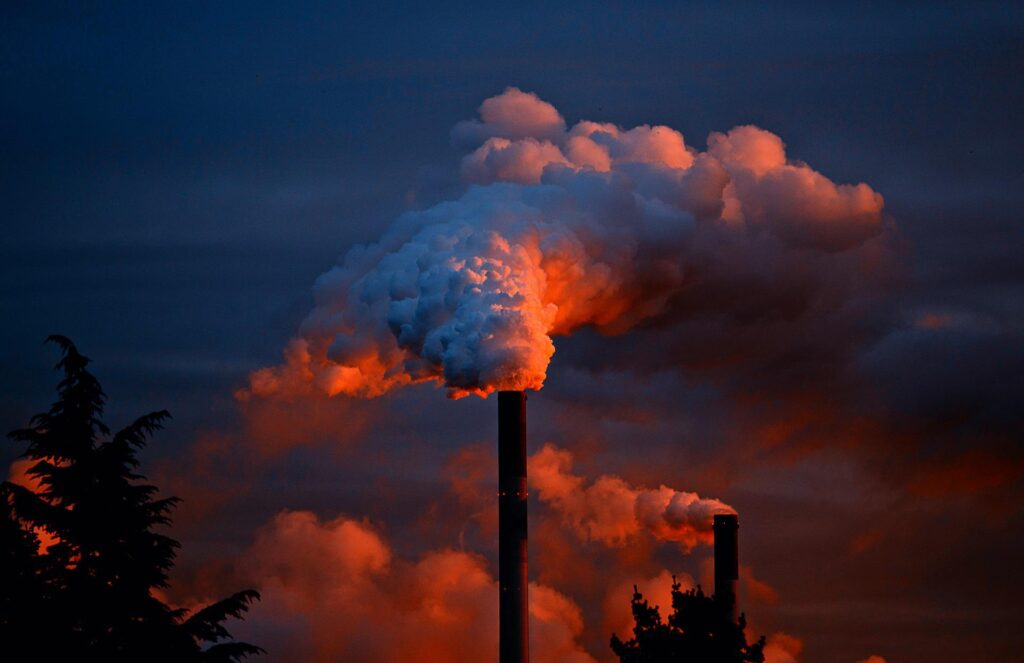The US Environmental Protection Agency (EPA) has begun using NOAA atmospheric measurements to help support a national inventory of emissions from hydrofluorocarbons (HFCs).
The HFC family of greenhouse gases (GHGs) were developed to replace industrial chemicals responsible for destroying ozone in the stratosphere and creating the annual ozone hole over Antarctica. While less damaging to the ozone layer, human-made HFCs, used primarily in stationary air conditioning, refrigeration and foam-blowing applications, are super-potent GHGs in their own right.
As ozone-destroying predecessors like chlorofluorocarbons, also potent GHGs, have been phased out, HFC emissions and their concentrations in the atmosphere have increased dramatically.
Because of HFCs’ growing climate impact, the Kigali Amendment of the Montreal Protocol has established a schedule for the international phase-down of their future production and consumption. In the USA, the American Innovation and Manufacturing Act of 2020 calls for an 85% reduction in HFC production and consumption by 2036.
Estimating emissions
GHG emissions estimates are generally calculated by one of two primary types of methods. “Bottom up” inventories are developed through an accounting of all activities that generate emissions, the application of measurement-based or model-based emissions factors to those activities and use of facility-specific data, where available. This is the approach used by the EPA and the basis for reporting national emissions and sinks annually to the United Nations Framework Convention on Climate Change.
Emissions can also be estimated by careful measurements of atmospheric samples collected downwind of a source region. This method is known as “atmosphere-based” or “top down,” and is a standard research approach used by NOAA’s Global Monitoring Laboratory.
This year, EPA has included a comparison of NOAA’s atmospheric emissions estimates of four HFCs to its own inventory-based estimates in the just-released US Inventory of Greenhouse Gas Emissions and Sinks, based on results first reported in a 2017 Geophysical Research Letters study by a team that included scientists from NOAA, CIRES, EPA and Lawrence Berkley National Laboratories.
Lei Hu, a CIRES scientist at the Global Monitoring Laboratory who leads a team supplying the atmosphere-based estimates, said, “The comparisons show reasonable consistencies between the two independently derived estimates, suggesting a robust understanding of HFC emissions. Where we see differences, further analysis will be beneficial.”
HFCs are some of the most suitable greenhouse gases for comparisons between the bottom-up inventory and atmosphere-based estimates because they are engineered chemicals with no natural sources, and they persist in the atmosphere, which reduces the complexity of estimating emissions.
Ariel Stein, the director of the Global Monitoring Laboratory, said, “Interagency collaboration strengthens our collective abilities to quantify HFC emissions in the US. We look forward to more opportunities to work together in understanding emissive processes and guiding emission reductions.”
The HFC emissions estimates have recently been incorporated into the Global Monitoring Laboratory’s new Emission Tracker web page, which provides atmosphere-based estimates at national and regional levels for 2008-2014 for HFCs and several other synthetic gases.



